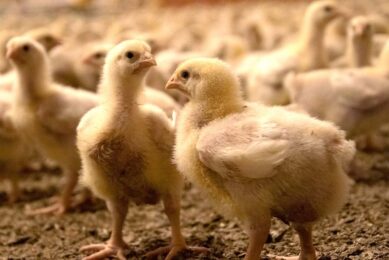Mycotoxins in broilers: pathological alterations induced by aflatoxins and ochratoxins, diagnosis and determination, treatment and control of mycotoxicosis
Mycotoxins are secondary metabolites produced by fungi. Mycotoxins in feed are considered the second most serious issue in the poultry industry, following increased feed prices.
There are different types of mycotoxins, including aflatoxins, ochratoxins, fumonisin, trichothecenes, zearalenone, patulin, but the most important are aflatoxins and ochratoxins. Ochratoxin is known as a nephrotoxin as it damages kidney tissues predominantly, whereas aflatoxin has more adverse effects upon the liver.
Diagnosis and determination of toxins can be done in tissues and feed samples by using different techniques such as high performance liquid chromatography (HPLC), thin layer liquid chromatography (TLC), and fluorescence polarization immunoassay (FPIA). Treatment of mycotoxicosis can be done by decontamination or detoxification of feed by using mycotoxin binders, plant preparations (nutraceuticals) and vitamins.
Mycotoxicosis can be controlled by using transgenic crops and improving harvesting management, storing feed in good environmental conditions and fresh feed for the birds. Hazard analysis critical control point (HACCP) should be referred to for the control of mycotoxins in the food chain.
Purchase report options:
- Purchase this report from Cambridge Journals
- Subscribe to WPSA journal (already a WPSA member)
- Become a WPSA member (word file) (pdf file)
Join 31,000+ subscribers
Subscribe to our newsletter to stay updated about all the need-to-know content in the poultry sector, three times a week. Beheer
Beheer








 WP Admin
WP Admin  Bewerk bericht
Bewerk bericht